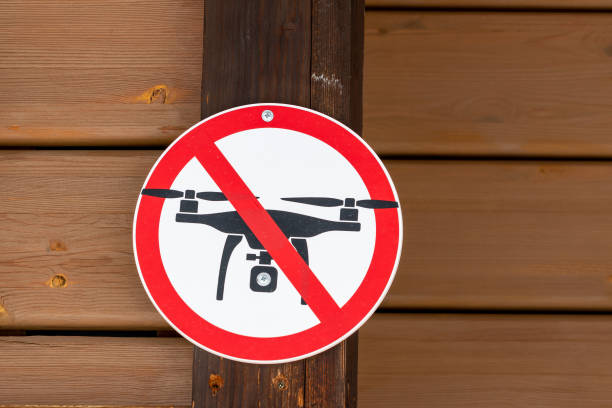No-Fly Zones: Where You Shouldn’t Fly Your Drone
Drones have revolutionized industries from photography to agriculture, but as their popularity grows, so do regulations around where they can and cannot be flown. No-fly zones are areas where drone flight is restricted or completely prohibited for safety, privacy, and security reasons. Whether you’re a hobbyist or a professional drone pilot, understanding these restricted zones is crucial to avoid fines, legal trouble, and potential risks to public safety.
Airports and Airspace Restrictions
Airports and their surrounding areas are among the most strictly enforced no-fly zones. Drones pose a significant risk to manned aircraft, and unauthorized drone activity near an airport can lead to severe legal consequences. In many countries, drones are prohibited within a specified radius (usually 5 miles) around airports unless explicit permission is obtained from aviation authorities. To check airport restrictions, pilots can use apps like B4UFLY (USA), NATS Drone Assist (UK), or Dronecast to verify restricted airspace. Checking with national aviation authorities is also recommended before flying in such areas.
Military Bases and Government Facilities
Military installations and government buildings are high-security areas where drone flights are strictly prohibited. Unauthorized drone activity can be considered a national security threat, leading to severe penalties, including confiscation of equipment and legal action. Key areas to avoid include military training zones, nuclear power plants, and government buildings such as embassies and intelligence headquarters.
National Parks and Wildlife Reserves
Many countries restrict drone flights in national parks and wildlife reserves to protect wildlife and maintain the tranquility of natural areas. Drones can disturb nesting birds, stress animals, and disrupt the natural ecosystem. Some parks allow drones with special permits for research or commercial filming. It is always advisable to check the park’s official website or visitor center for guidelines before flying a drone in these areas.
Urban Areas and Crowded Spaces
Flying a drone over large crowds, stadiums, concerts, and urban centers is often restricted due to safety and privacy concerns. Drones can pose a risk of injury if they malfunction and crash into people. Many cities also enforce strict drone regulations near landmarks and densely populated areas. Events and locations to avoid include sports stadiums during games, music festivals, concerts, parades, and political gatherings.
Private Property and Residential Areas
While flying a drone over your own property is generally allowed, flying over someone else’s property without permission can lead to privacy complaints and legal issues. Some local laws prohibit drones from capturing images or videos of private residences without consent. To fly responsibly in residential areas, drone operators should maintain a reasonable altitude to avoid intruding on privacy, avoid flying close to windows or backyards, and be aware of local privacy laws.
International Borders and Restricted Zones
Flying a drone near international borders is often illegal due to security concerns. Drones could be mistaken for espionage devices, leading to serious consequences. Some examples of restricted border areas include the US-Mexico border, the India-Pakistan border, and the North Korea-South Korea Demilitarized Zone (DMZ).
Special Temporary Flight Restrictions (TFRs)
Temporary No-Fly Zones are put in place for events such as presidential visits, wildfires, and emergency response operations. Flying a drone in these areas can interfere with rescue operations and lead to hefty fines or legal action. To stay updated on TFRs, drone operators should check the FAA’s official website or other local aviation authorities and use drone apps that update real-time flight restrictions.
Conclusion
Understanding no-fly zones is essential for responsible drone operation. Whether it’s avoiding airports, military bases, or national parks, staying informed will help you fly legally and safely. Always check local drone laws before taking off, and use reliable apps to verify restricted areas. Fly smart, stay safe, and respect the rules to enjoy the benefits of drone technology without legal hassles.
.png)






Leave a Comment
Your email address will not be published. Required fields are marked *